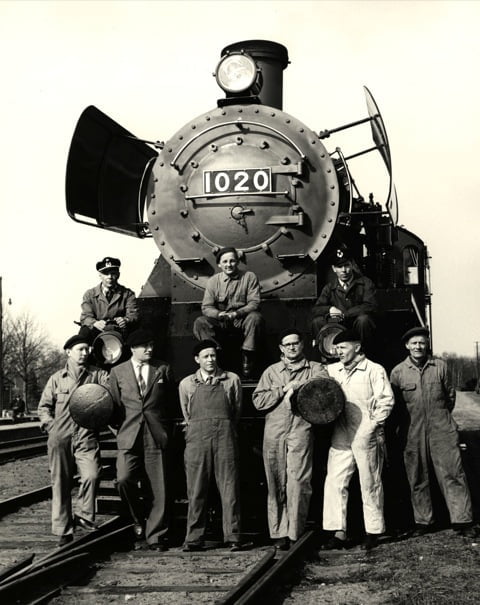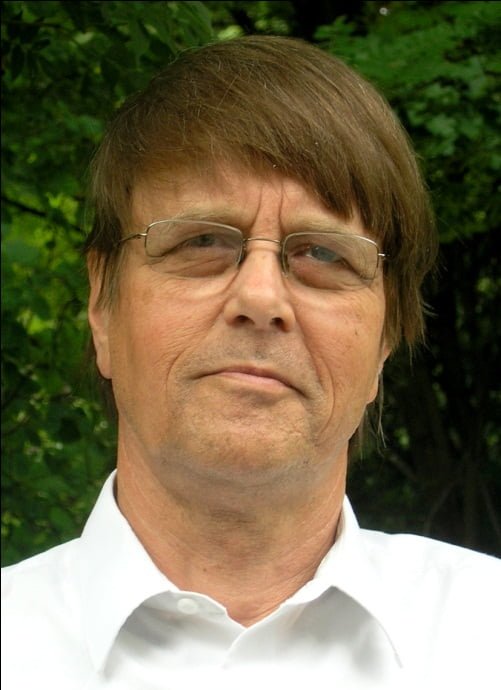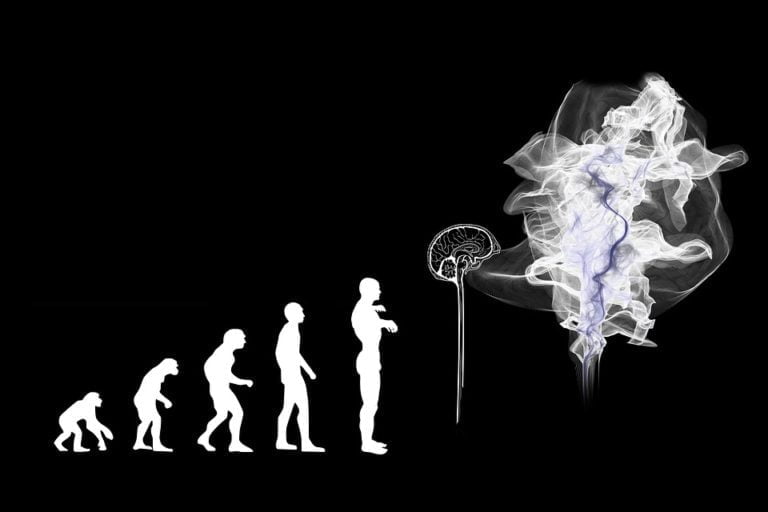Operational Freedom: Trust and Independence in an Education System

Finnish Railways ran with steam power until the late 1960s. The cockpit of the locomotive offered a workplace for two: the engine driver and the shovel man. The shovel man’s duty was to continuously shovel coal to the red-hot mouth of the furnace to keep the engine steaming.
The century-long idyll of the two man companionship became threatened early in the 1950’s as diesel engines started to replace steam power on the rails. Oil flowed in pipes, needing no shovelling, not to mention the advent of the electric trains. No wonder the shovel men saw their livelihood endangered.
Luckily, the powerful Finnish Railway Workers’ Union came to help. The Union decided it was too dangerous to let trains be driven only by a single man in the cockpit. Thus, the idle shovel man remained on his seat, although only the driver was actually needed.
We can only imagine what the shovel man did and saw in the nose of the modern speedy trains: moose, reindeer, swans, and many rabbits to be sure. Maybe even an occasional bear. Sunsets and sunrises… On dull moments, he had to abide by crossword puzzles.
The two men continued time-sharing in the cockpit for an unbelievably long time until 1995. Crossword puzzles had changed into Sudoku. Since that the Finnish Railways, and even the Railway workers’ Union, have relied on single driving.
The role of official external school inspections was already rather weak in the Finnish school system until it was totally ceased in 1988. Since that, the principal has been independent in steering his or her train, not needing any shovel men or idle Sudoku solvers – school inspectors – on his or her side.
The task of running Finnish schools has been based on a foundation of trust and independence – not mistrust and suspicion. Under which one of these two foundations would you be willing to stay in your principal’s work chair till 7, 8 or sometimes 9 o’clock in the evening – and not for filling inspection documents but voluntarily planning and realizing your work life dreams?
In operating the schools, systematic internal self-evaluation has replaced external inspectorate. Self-evaluation is a way of finding out how your engine works. For the principal and teacher staff, it is a powerful tool for internal developing of the school. Done well, it may sometimes contain personal performance data too intimate to be given even to the local school authorities outside the sphere of the independent teacher staff and principal. Transparency is always a good thing; however, in some delicate occasions even it has its limits – with purpose.
Operational Excellence via Educational Autonomy
The above is a lengthy story which depicts the closing history of external school inspections in the Finnish educational system. The main reasons for a lack of need for external inspections is the strong culture of mutual trust in the society, the high standard of teachers, and the educational equity both within the school and the whole country. In the 1970s, Finland moved from parallel schools to a uniform system.
In the course of the administrative cascade of education, every stage is trusted: government trusts local authorities, local authorities trust the principals, principals – and the parents – trust the teachers and teachers trust the students. The system relies on the proficiency of principals and teachers in their efforts to meet the objectives laid down in the curricula.
As all the teachers have a university degree and only 10% of the primary teacher applicants are hired, teacher staff and schools have become highly self-assertive expert organizations. In this climate, there is very little space for external inspectors telling teachers what-to do and how-to-do it. Principals, schools and teachers have gained more and more leeway to make their own decisions on how to organize their work.
In this way, during the last decades, the Finnish educational system has reached a high state of operational excellence and independence. The results have been visible as high rankings in the OECD Pisa evaluation results.
The operational excellence of Finnish schools has been gained by high educational autonomy. Good and motivating work life governance in general is based on providing just the goals and necessary tools, and letting the employees find their own way to the target.
A professional culture of collaboration and freedom to teach without constraints of the pressure of standardized testing provides an inspiring background for every day’s teaching work. In addition, there is a strong leadership from principals, who must all have a teacher’s degree.
In many countries, external school inspections are targeted at schools with high risk of failing quality. This is not an issue in Finland, where the state provides teaching, welfare services and school meals free on all levels of general education. On pre-primary and basic level, even the learning materials, textbooks and travels to and from schools are free. The overall learning results throughout the country are pretty much the same. Thus poverty and education is not a problem combination.
Operational Freedom at the Expense of Inadequate National Performance Data
While in Finland, external grip on schools has been diminished and largely replaced by internal self-evaluation, there is a danger that national educational authority does not receive enough process and achievement data from the schools. Local education providers are responsible for organizing the internal self-evaluation, but this takes place with varying interest and activity. The efforts have been mostly vague. Thus, individual schools still largely carry the responsibility of monitoring, evaluating and improving their standard of education.
Some annual numerical data is gathered by the state institutes. However, much of the achievement data is missing because the first obligatory standardized test – the maturity examination – takes place at school year 12 (the end of the academic general studies). On the lower secondary, there are national tests in some subjects, but these tests are not obligatory. Many teachers let their pupils participate just for the curiosity of getting their teaching “ranked” in the nationwide setting.
Systematic quality management, commonplace in industry, commerce and other fields of Finnish work life, is still practically an unknown concept in Finnish schools. In this respect, there is still much potential for improvement.
Even if the operational freedom adds to the motivation and joy of daily schoolwork, a shortage of national follow-up data and unfamiliarity with the tools of systematic quality management may, in the long run, degrade the so-far good results of the Finnish educational system.
It is clear that the inspectorate system in its traditional form has gone out of the door for good. However, the need for an increase of systematic gathering of performance data is simultaneously waiting to get in.
By Jukka O. Mattila

Mr. Jukka O. Mattila is a Finnish physicist, who has done his career mainly in education. During 18 years as principal he advanced senior secondary school systematic quality management. Parallel to his work career he has over 10 years led the Finnish team at the International Physics Olympiads. On five decades he has, both at home and abroad, spoken and written for the freedom and quality of education as well as for the visualization of physics teaching. Currently Mr. Mattila serves as President in two organizations: the Educational Branch of the Finnish Quality Association with over 700 individual members; and the Finnish Association of Small Secondary Schools (FASSS) with 170 member schools.
Contact him at jukka.o.mattila@pp.inet.fi





